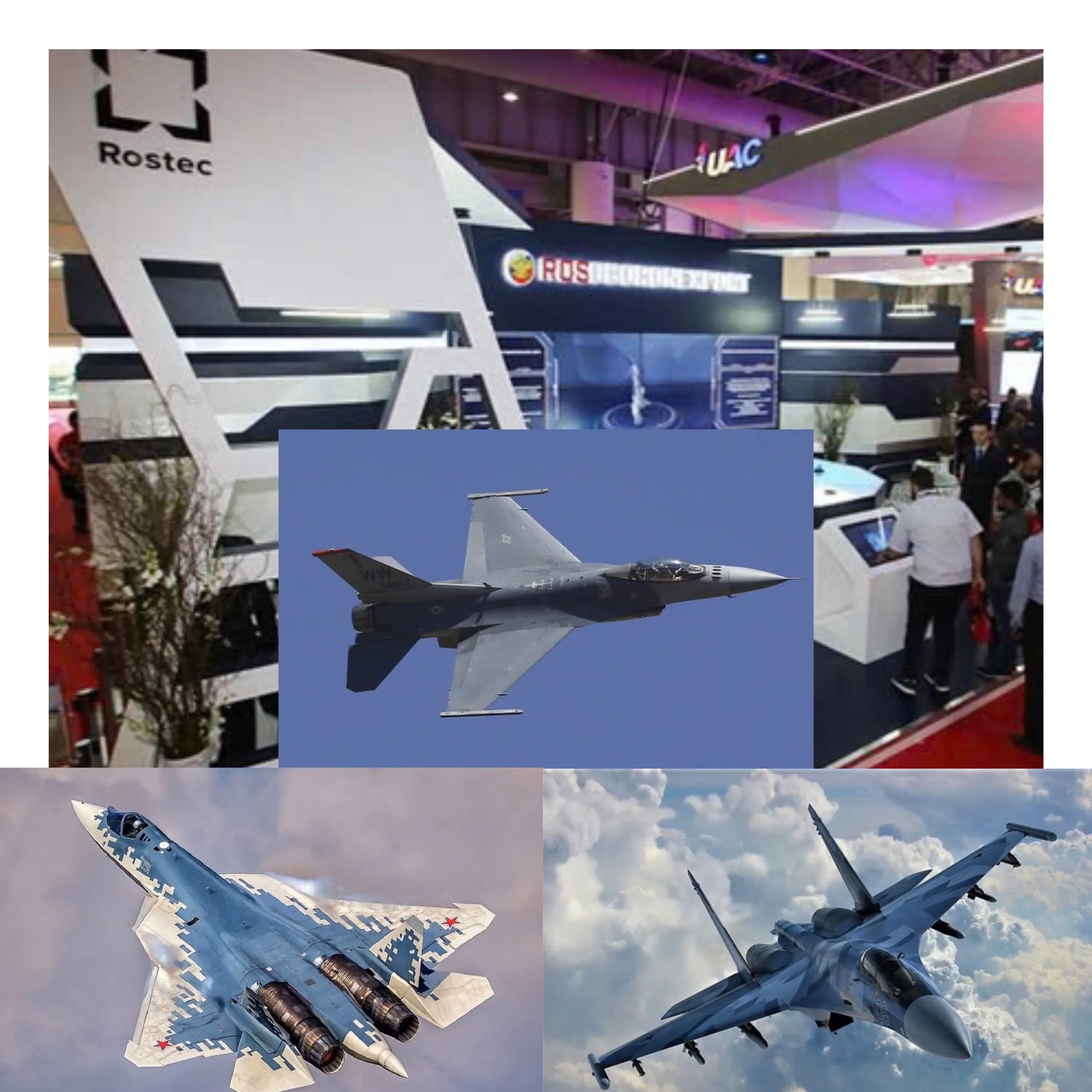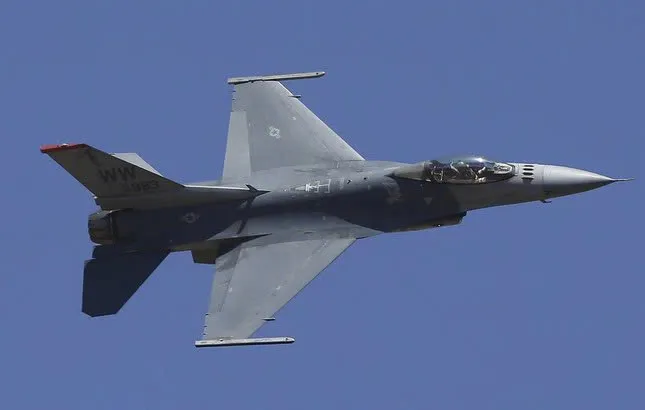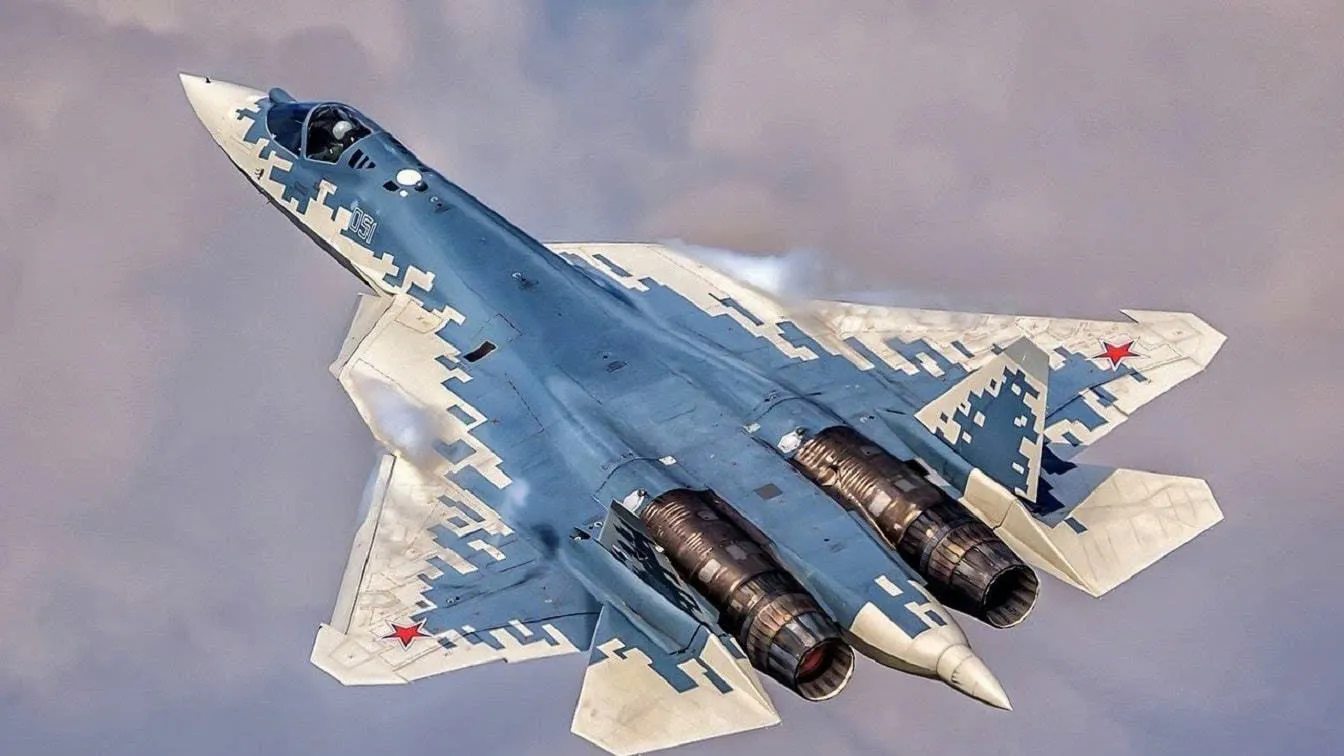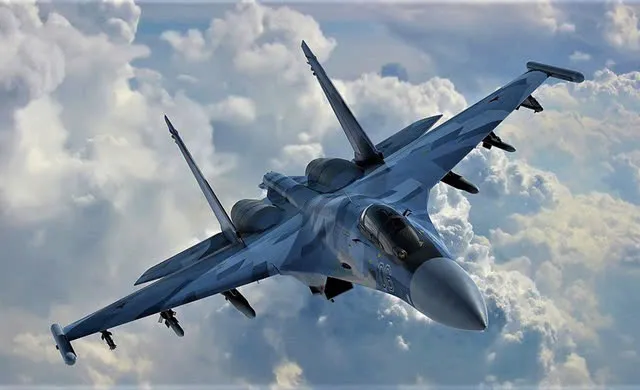
Russia’s Rostec defense industry corporation has announced that the new F-16 fighters deployed in Ukraine will soon be destroyed. According to Rostec, Western-made fighters cannot match the superior power of the Russian Air Force’s Su-35S and Su-57, creating an unfair battle in the sky.
“Based on technical specifications, the US-made F-16 fighter is no match for the Su-35S, and even less so for the Su-57. In the event of an air battle, the Russian aircraft will probably win,” Rostec said in a statement.
According to Rostec, although the F-16 is not the most modern fighter, it is capable of carrying many advanced weapons and can create many challenges. But these aircraft will soon face the same fate as all other weapons supplied to Ukraine by the West—that of being “destroyed.”
On August 4, President Volodymyr Zelensky confirmed that Ukraine had received its first batch of F-16 fighter jets from its Western allies. He did not specify how many aircraft were delivered or where they would be deployed.
The Economist previously reported that Ukraine had received 10 F-16 fighter jets from Western countries and that number was expected to rise to 20 by the end of the year.
F-16: Versatile and Maneuverable
The F-16, one of Lockheed Martin’s fourth-generation multirole light fighters, is notable for its design that allows it to perform both ground-based bombing and air-to-air interception missions. Known for its impressive versatility and maneuverability, the F-16 has quickly become the mainstay of many air forces around the world since the late 1970s.

Initially designed as a lightweight air superiority fighter, the F-16 has evolved into a multi-role, all-weather fighter. The F-16’s versatility, combined with a series of upgrades over the years, including advanced radar systems, avionics and weapons, makes the F-16 a powerful fighter that meets the demands of modern air combat.
The F-16 is powered by a Pratt & Whitney F100-PW-200 turbofan engine with a maximum thrust of 106 kN with afterburner. This engine helps the F-16 reach a maximum speed of Mach 2 (equivalent to 2,400 km/h), with a range of about 4,200 km.
This fighter is equipped with 11 hardpoints to carry weapons of all kinds such as air-to-air and air-to-ground missiles, along with many types of smart guided bombs.
Su-35S: Air superiority aircraft
The Su-35, a Russian 4++ generation multi-role fighter, is designed to gain air superiority and destroy ground targets in all weather conditions. With a sophisticated information and control system and a phased array radar capable of detecting targets from a distance of 100 km to 400 km, the Su-35 perfectly combines the characteristics of a modern fighter and a tactical aircraft.

The highlight of the Su-35 is its super maneuverability, high speed and advanced weapons, creating superior strength in air battles.
The Su-35S has an empty weight of 19 tons, with a maximum take-off weight of up to 34.5 tons. The aircraft is equipped with two Saturn 117S turbofan engines, allowing it to fly at a maximum speed of 2,500 km/h, a flight range of 1,500 – 4,500 km and a ceiling of 20,000 m.
Weapons equipped on the aircraft include: 30mm GSh-30-1 cannon with 150 rounds of ammunition; Kh-31, Kh-35U or Kh-59M anti-ship missiles and many types of high-precision ammunition and rockets.
Su-57: Stealth and advanced technology
The Su-57, Russia’s fifth-generation multi-role fighter, is designed to destroy all types of air, land and sea targets, and suppress enemy aircraft control systems.

The Su-57’s outstanding strength lies not only in its stealth capabilities but also in its integration of the most advanced aviation technologies today, including active phased array radar (AESA), pilot support systems, and a series of modern sensors and weapons. With these outstanding features, the Su-57 affirms its leading position in the world of aviation.
The Su-57 has a maximum speed of 2,600 km/h, a ceiling of 20 km, and a maximum weapon load of about 14 – 16 tons. This fighter has 12 weapon hardpoints, some of which can mount weapons weighing up to 1.5 tons each.
Weapons include radar-guided or infrared-guided air-to-air missiles, unguided air-to-ground missiles, conventional bombs, cluster bombs, and 30 mm high-explosive guns.



